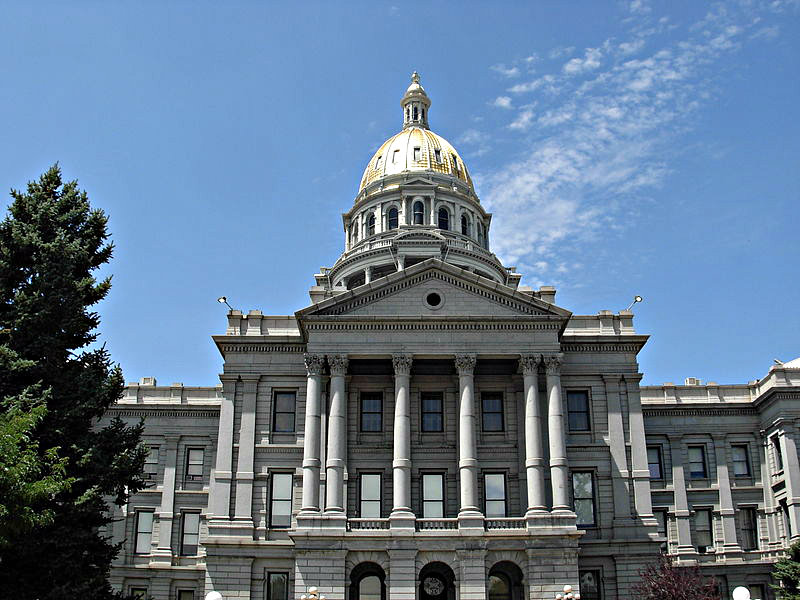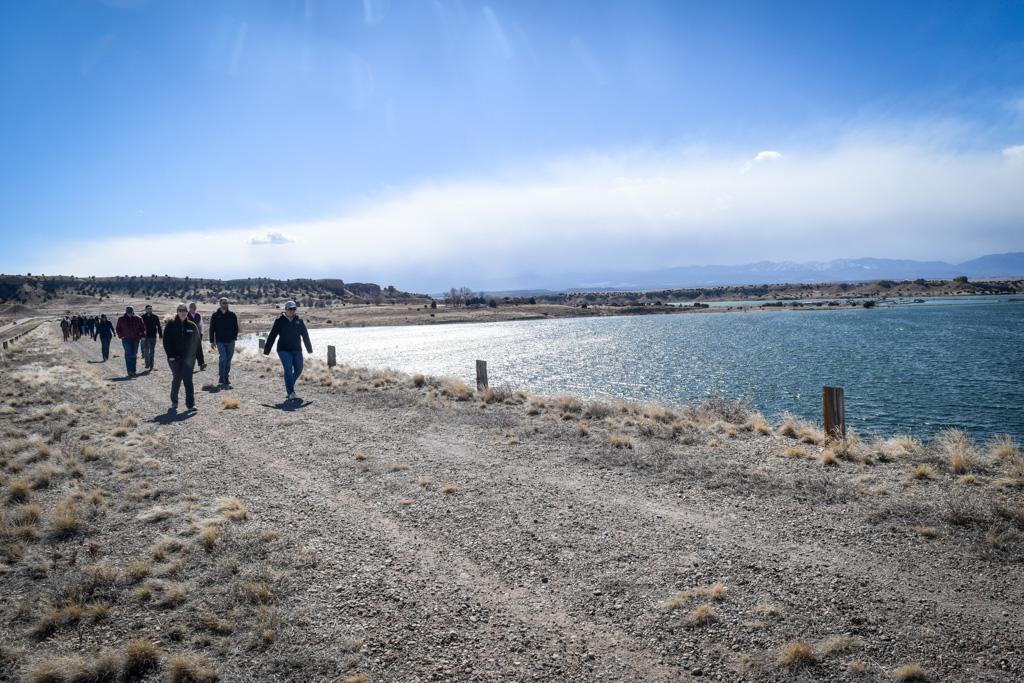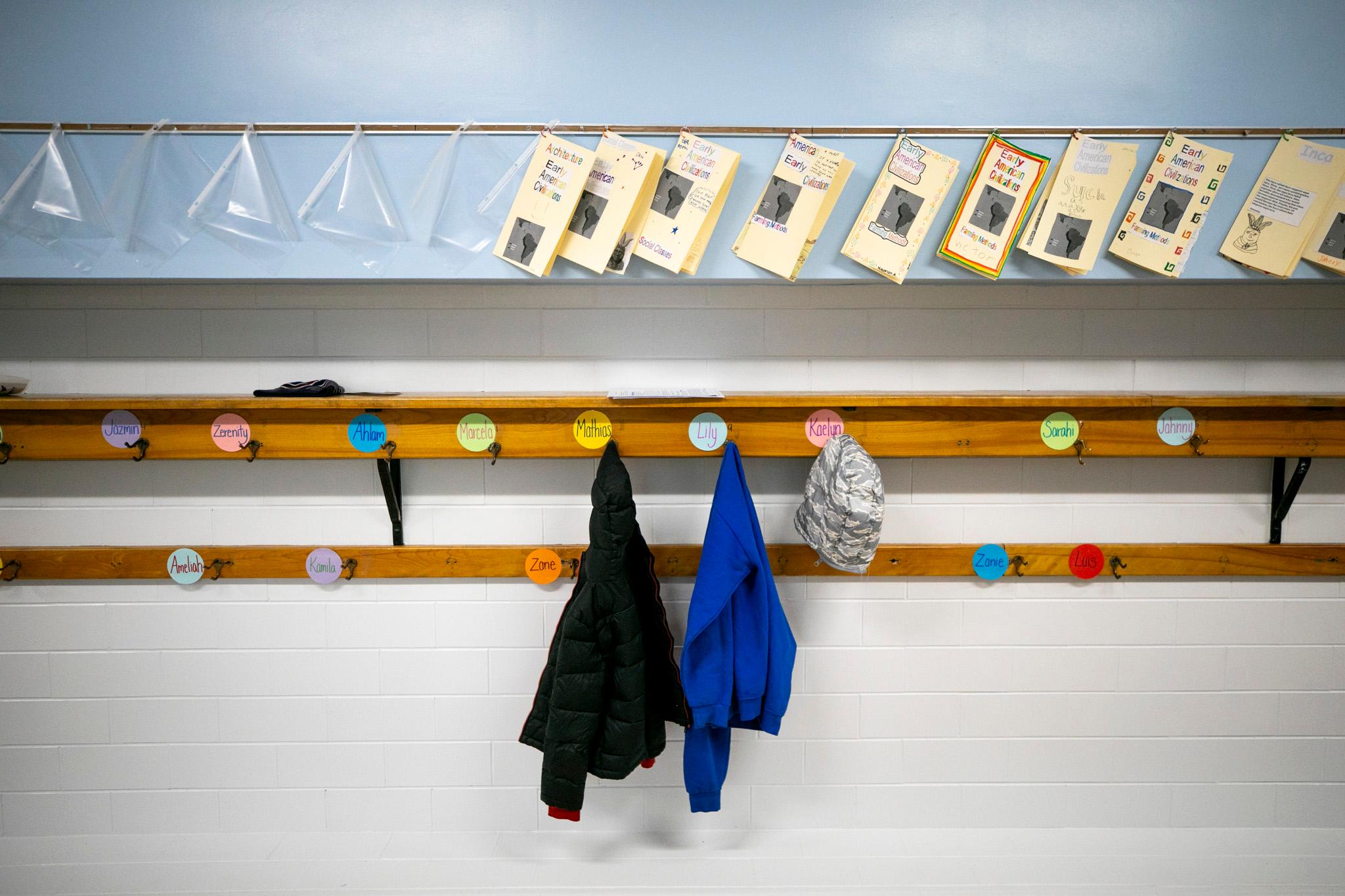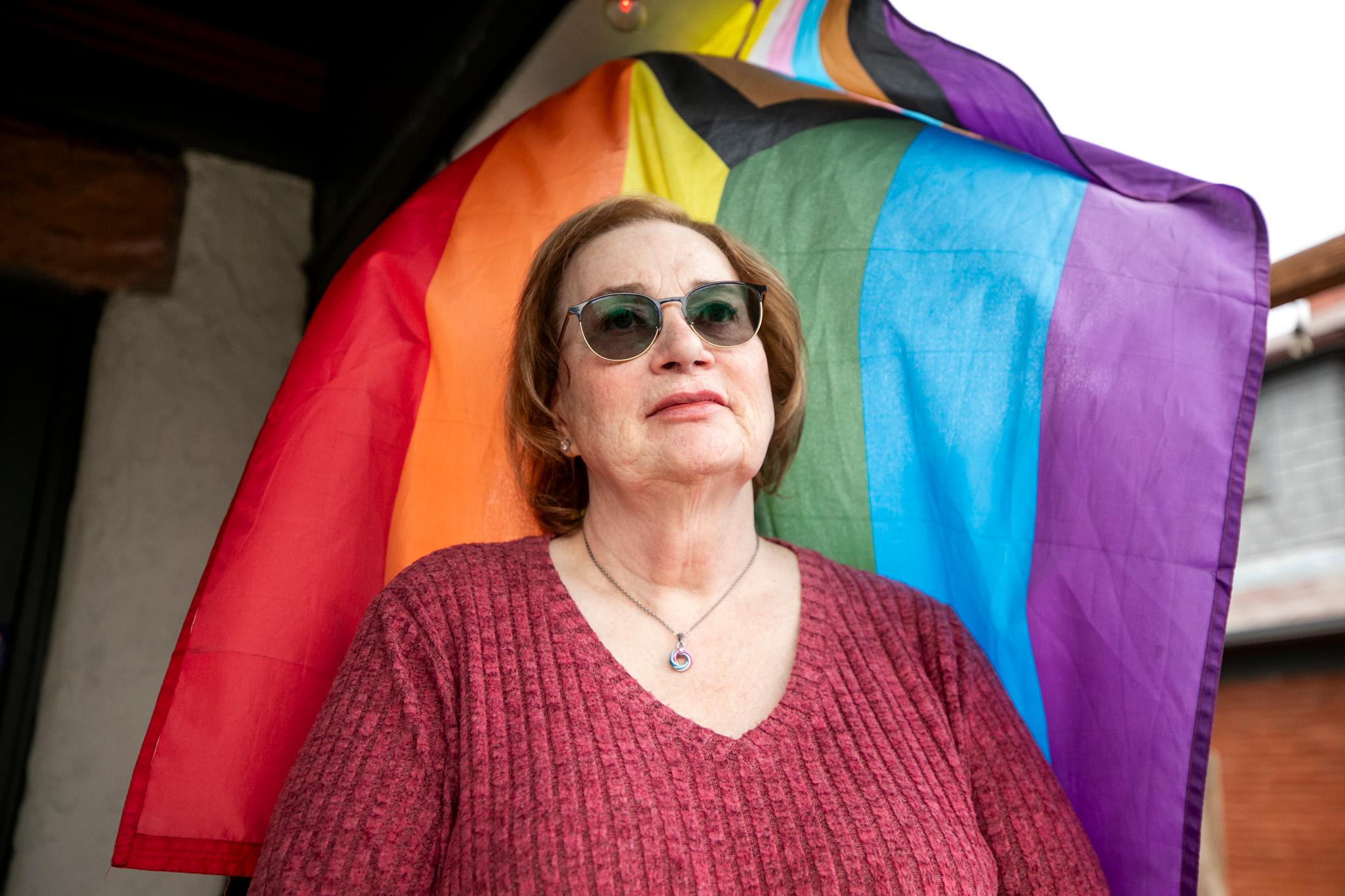

In an otherwise divisive close to the 2018 legislative session, Colorado lawmakers have found broad agreement on at least one issue. They want out of the redistricting business.
A bipartisan reform effort is flying through the assembly to ask voters to overhaul how the state decides legislative and congressional boundaries. The package would also outlaw gerrymandering in the state constitution and give new power to unaffiliated voters.
The plan has already won unanimous approval in the state Senate and in two House committees. If it passes the full House, as expected, two initiatives would be added to this November’s statewide ballot.
“It’s not like all of the sudden kumbaya,” said State Sen. Stephen Fenberg, D-Boulder, who co-sponsored the effort along with legislative leaders. “It’s more like people are realizing we are just going to keep having this fight over and over and over again.”
A Failure To Find Compromise
Redistricting happens every decade based on the latest national Census. The last few cycles have resulted in fierce political battles over how to set Colorado’s congressional boundaries, but there’s been less contention over legislative districts.
That’s partially because current law has a panel of political appointees draw the legislative map. The 11 members are appointed by the chief justice of the Colorado Supreme Court, the governor and legislative leaders. Critics contend the arrangement allows one party or another to control the group.
After the last round of legislative redistricting, Democrats do appear to have an advantage in the Colorado House. The party won 50.4 percent of the statewide vote in 2016, but managed to grab 57 percent of all the seats in the chamber.
While the job of deciding congressional districts falls to state lawmakers, split legislatures have often failed in that responsibility. In the two most recent rounds of redistricting in Colorado, courts have ended up setting the map.
Most experts agree the current boundaries do not give a significant advantage to a single party. Advocates for the redistricting initiative want to keep it that way.
Frank McNulty, a former Republican state Speaker of the House, was at the center of the last redistricting battle in 2011. In that year, a special legislative committee held hearings across the state on the best political boundaries. The group could not decide on a compromise, so the Democrats and Republicans each created their own congressional map.
The process ended in a bitter standoff. Republicans said Democratic leaders were trying to draw themselves ideal districts for future congressional campaigns. Democrats argued their maps were more competitive. After the process broke down, a Denver district court approved the current boundaries of Colorado’s seven congressional districts.
“It was a mixture of frustration and disappointment. There was a pinch of anger,” said McNulty. “We had spent a lot of money on public hearings across the state.”
The process could become even more contentious after 2020 when Colorado is expected to add an additional congressional district thanks to a booming population.
Resetting The Ground Rules
McNulty is now backing the push for redistricting reform. To avoid another breakdown that leads to a courtroom, he believes the process must bring political forces into balance.
“You can’t take partisan politics out a process that’s inherently partisan,” McNulty said. “Republicans, Democrats, and unaffiliated voters all want to have a piece of this pie.”
Under both proposals, legislative and congressional districts would be decided by a 12 member panel split evenly between Democratic, Republican and unaffiliated voters. Legislative leaders would create a pool of candidates for the partisan seats, who would be decided by lottery. The unaffiliated members would also be appointed by lottery following a complicated application process.
Two-thirds of either panel would be needed to approve any map, but there’s a catch. At least a pair of unaffiliated voters would also have to sign off. That’s meant to guard against the partisan commissioners redistricting to protect incumbents, according to Sen. Fenberg.
“This makes sure Democrats and Republicans can’t collude and draw maps that are equally good for the parties but bad for unaffiliated voters,” he said.
The rules also give commissioners a list of criteria to use when setting new districts. Maps should respect the National Voting Rights Act, which protects against districts that dilute the power of minority voters. The boundaries must also respect city and county lines as much as possible.
Once commissioners meet those requirements, they must try to create a reasonable number of competitive districts. It’s an idea voters tend to love, but it can be tricky in practice. While districts can be drawn to create close elections, those same boundaries risk grouping together people who don’t have much of a shared geographic or political identity.
McNulty believes the current plan strikes the right balance, but he also thinks it’s important to enshrine competitiveness in the state constitution. Tighter races, he said, “make the entire delegation more responsive to the people of Colorado.”
If the commission can’t reach a deal, the maps revert to original boundaries drawn by nonpartisan legislative staff.
A Broad Coalition
The current plan marks a truce between two political coalitions. Last March, Fair Districts Colorado and People Not Politicians struck a grand bargain on gerrymandering. Rather than running competing ballot initiatives, they had agreed on the single version now flying through the Capitol.
Kent Thiry, the superwealthy CEO of the Denver-based kidney dialysis group DaVita, takes partial credit for brokering the deal.
“It was embarrassingly simple,” said Thiry. “I worked hard to get them in the same room. Quite frankly, the two groups started to build some trust and both sides wanted to create a better system.”
Thiry, who also pushed a plan to create open primaries in Colorado, sells himself as a champion for independent voters. He was especially glad to see a compromise that gives unaffiliated Coloradans a voice in the redistricting process.
Amanda Gonzalez, executive director of the nonpartisan good-government group Colorado Common Cause, also advised the two sides in the deal. The group saw some flaws in the original Fair Districts proposal and ended up endorsing the People Not Politicians plan. She says, in the end, the compromise was built on three principles: transparency, an independent commission and protecting what’s called “communities of interest.”
“It prioritizes groups like Latinos who have lived in a neighborhood for decades or ranchers who have a shared interest in water rights,” explained Gonzalez. “ If you are a rancher who wants to be able to hold your elected officials accountable, prioritizing communities of interest allows you to do that.”
Thiry says internal polls show the initiatives have a good shot of winning in November. If they pass, he thinks Colorado could become a national model for how to prevent gerrymandering.
Read the Plans









